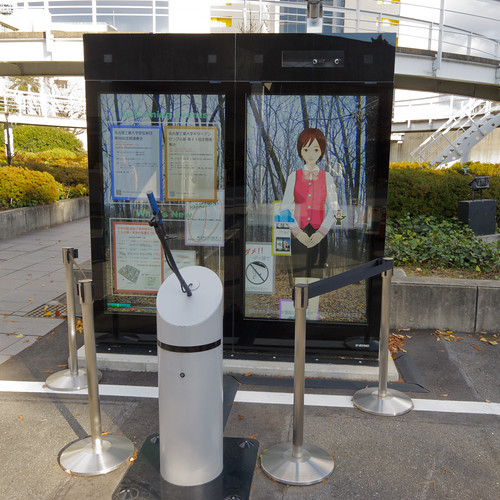Social customer service is the process of using social media to meet the demands of customers. Traditionally, customer service success was measured through satisfaction ratings, defect rates, first-time resolution rates, average handle time, agent utilisation, and cost of servicing the customer.
Today, in the age of social media, when companies talk to customers through the same media as friends use to talk to each other, metrics have evolved. Now we look at customer sentiment, self-service usage, cross-sell, up-sell rates, conversation volume, likes, retweets, +1s, and net promoter scores.

Image by owenwbrown
In 2010, 25% of enterprises were using social media to respond to service enquiries by customers or partners. In 2020, that number is set to rise to 90%.
One fifth of Fortune 500 companies engage with their customers on Facebook. These companies do more than marketing: they are actively listening, engaging, and responding to customer questions. But social customer service is not only the preserve of large corporations: it’s equally (perhaps even more) beneficial for small companies.
Many small companies are reluctant to start using social media as a customer service platform, believing it to lack credibility and fearing its (potentially) unwieldy nature. However, with its popularity continuing to increase, companies who ignore social media (and the customers who are active on social channels) are at risk of becoming irrelevant.
Social media channels provide opportunities that companies have not had before, which can be leveraged to significantly enhance customer service. Platforms like Twitter allow companies to monitor their customers’ opinions and complaints, even when the customers are not taking the time or making the effort to contact the firm directly. Social media also allows companies to respond faster than ever before, not only to the originator of a complaint or issue – but to all (or at least many) of those with whom he or she may have communicated about the issue.
Another specific benefit of social media is that users are willing to share extensive information publicly. That gives businesses access to people’s preferences, interests, opinions and networks, making social media an invaluable asset for many companies, and specifically small businesses, as it provides a low-cost means of finding out about their current and potential customers. Social media is a democratising force online, giving firms of all sizes access to the kind of information that was once exclusively held by the largest businesses.
Most people think of Facebook, Twitter, and perhaps LinkedIn when they hear the expression, “social media” and these are indeed the most popular platforms. But there are others, which may lend themselves particularly to communicating certain kinds of messages and advertising certain kinds of products and services. Those that are essentially visual – YouTube (video) and Pinterest (images) – can be especially powerful.
So how can a small business best exploit these media? First, be authentic. Don’t be cute: be real. Second, do one thing and do it really well – perhaps by creating a community and then sharing your particular expertise. Finally, monitor your customers and clients – the people who already use your products and services – to see what they’d like more of or less of. In other words, take time to learn from your customers, and act on their feedback. After all, they are your most valuable resource.
About the Author: Will Vicary is a digital marketing specialist whose interests include CRM solutions and online customer experience, as well as online lead generation. He is specifically interested in CRM insurance and cloud technology.


